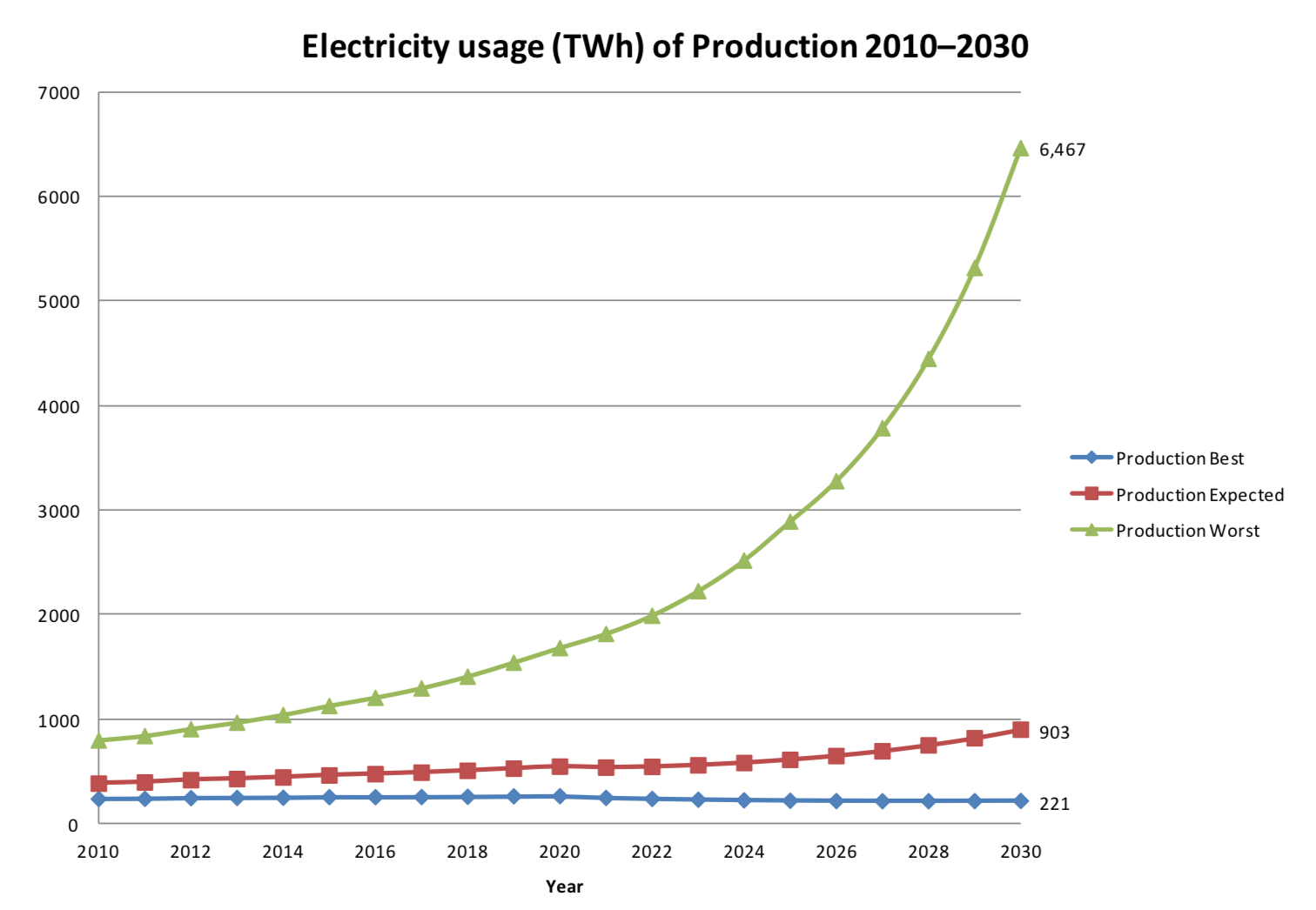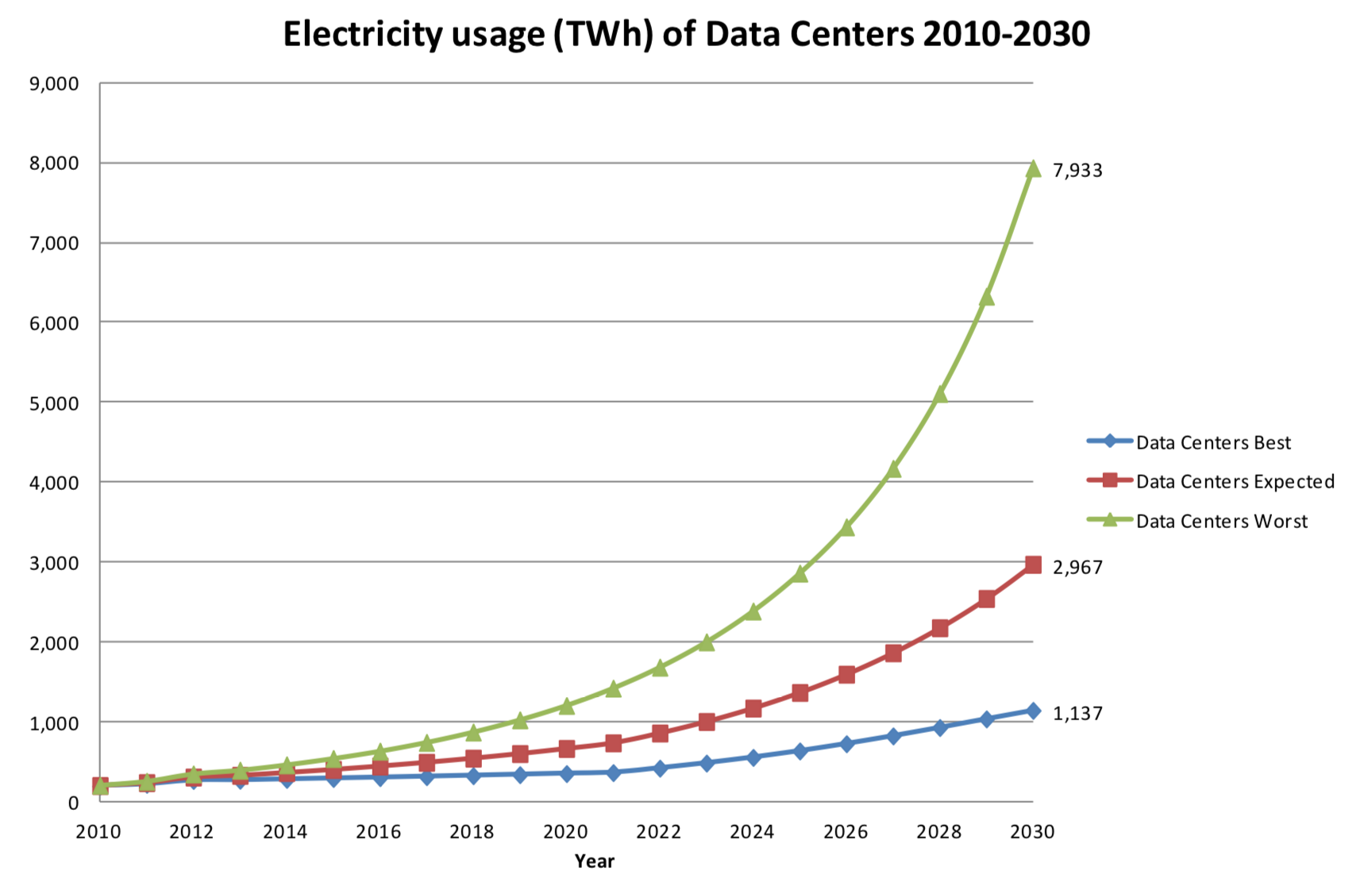It’s no small secret that climate change is here, and is absolutely something to worry about. It’s also no small secret that this is, in no meager part, the fault and responsibility of humankind post-industrialization. Our consumption of fossil fuels continues to demand more and more from the environment, and our increasing dependency on the services these fuels power makes the demand on alternative energies all the more strenuous and exhausting.
We continue to ask questions about when our leaders, policy-makers, and tycoons will make a concentrated switch to renewable or carbon-neutral energy sources, and because of money, logistics, greed, and lobbying, the answer rarely is honest or agreeable.
Part of the onus, then, falls back to us, as consumers. How can we, on an individual and semi-collective scale, influence our environment and lower our consumption?
As a programmer and technologist, I cannot accurately comment on household habits that might help to lower your personal consumption of fossil fuels, nor can I suggest community initiatives that might bring acute local awareness to the plight of fossil fuel consumption. However, I do exist in a sphere that, as of right now, remains a moderately large consumer of energy globally. Gelenbe and Caseau (2015) put the pre-2013 number at around 4.7% of global consumption, although this has inevitably ballooned thanks to the rise of mainstream cryptocurrency in the interim between 2012 and 20191. Indeed, a projection by Andrae and Edler (2015) of a worst-case number for global technological energy consumption by 2030 clocks at about 51% of global energy consumption, and approximately 23% of global greenhouse gas emissions.
These numbers, although alarming, are the worst of the worst case - the actual projected trend is immensely modest comparatively. However, even the best case projections highlight a fairly clear-cut conclusion - consumer devices are not the main consumers in the ICT pool:

A graph of consumer device power trends
An estimated worst-case power demand of 1,108 TWh2 is expected, according to Andrae and Edler, to be about 1.82% of global energy production during 2030 (which Andrae and Edler pins at about 61,000TWh). This can easily be compared to something like, for example, consumer device production, which at worst-case outclasses actual usage of consumer devices phenomenally:

A graph of consumer device production power trends
Indeed, like many forms of industrial waste, the electrical demand of producing modern consumer devices appears heart-wrenching. Of course, a closer look at the graph shows a large disparity between the worst and “expected” case predictions, a difference of 10.6%3 of estimated global energy production at worst and 1.48% expected. So even this, alone, has some issues, and cannot account alone for the ludicrous number projected by Andrae and Edler earlier.
So what possible cause is there?
Data centers are an unfortunate reality in modern computing, and unless you’ve worked in, seen, or researched them, it’s unlikely you’ve considered the energy waste they represent. Large, powerful servers are put to work, nearly 24⁄7, servicing requests at any given moment. This already represents a power cost - unlike consumer devices with consumer workloads, these are beefy machines with an unbridled slew of connections. Constant work, a decked-out spec list, and the icing on the cake - there’s more than one of them! Indeed, larger data centers (like those that amazon distributes across the globe) can contain around 50,000 to 80,000 servers. This, in addition to the fact that all of these servers are required to be kept cool constantly (A/C is expensive, as any homeowner will tell you), makes it immediately clear that these data centers will and do consume lots of energy.
It’s no surprise then that even the most bullish estimate for data center consumption in the year 2030 is 29 terawatt-hours above the worst-case estimate of consumer device consumption:

A graph of data center power trends
The disparity between the worst and expected case is still fairly high, but it’s not such good news this time: at worst, we’d be seeing a percentage of global production around 13%4, while the more realistic number is estimated at around 4.86%.
There are plenty of major changes we could make at any point at an individual level to correct things like the overproduction of consumer devices - for one, keeping our devices longer, and attempting to adapt our personal workflows into more low-spec conscious routines, such as less powerful or “pretty” editors, or moving more taxing workloads to dedicated computers that can upgrade easily rather than being thrown away completely. Additionally, we can adapt in some of the same ways to combat the positively minute effect each one of us has at a consumer device level.
Data Centers and Renewable Energy
One point for consideration in this discussion is the heavy reliance and subsequent zoning of these data centers near sources of renewable energy. Testaments from major players in the industry of setting up data centers tend to pride themselves on the use of renewables in the day-to-day operations of their buildings.
Google touts that they are the largest corporate purchaser of renewable energy in the world. Additionally, Google advertised an efficiency of nearly 50% over the industry standard in the spring 2014, with further apparent reductions being made through the application of machine learning in optimizing the facility. These steps of taking pre-existing (and always expanding) infrastructure and continuing to refine the formula in multiple avenues is admirable5.
Amazon’s data on data center sustainability is buried a bit deeper, being seemingly separated from their main sustainability initiatives (which are, unsurprisingly, focused on their “primary” business of selling goods), and instead located on their AWS homepage. Amazon owns an array of wind and solar farms, and, as of April of 2019, has committed to four new installations in Europe and the United States. AWS is apparently at least 50% renewable as of 2018, but the data (like Google) is somewhat nebulous and in vague percentages. Additionally, Amazon buys and retires “environmental credits” in subsequent proportion to their non-renewable usage.
Google’s position on this, in my opinion, reaches the key threshold between idealistic and practical. Purchasing renewable energy to match your consumption is an admirable goal, especially when it leads to more renewable energy being available in local power grids. Amazon takes part in this too, but has spent more money and time investing in bootstrapping its energy in order to conquer the “renewable energy used” figure. This is fine, and theoretically more of a “green” initiative than simply matching your consumption, but it seems to be more self-serving than anything. It eschews practicality for idealism, which is why I look at it as more of a flight of fancy. Nevertheless, 50% is not insignificant for a powerhouse like AWS, nor will I disagree with a company attempting to clean up its energy usage.
References:
The Impact of Information Technology on Energy Consumption and Carbon Emissions by Erol Gelenbe and Yves Caseau
On Global Electricity Usage of Communication Technology: Trends to 2030 by Anders S. G. Andrae and Tomas Edler
- Please note: this will not be a discussion about cryptocurrency, although I’d like to tackle this as a sort of “part 2” to this article. [return]
- Graph and statistic both sourced from Andrae and Edler (2015). [return]
- Ibid. [return]
- Ibid. [return]
- It’s easy to take the reductionist viewpoint here, and claim that it’s simply a matter of marketing or finances. Yes, a side effect of switching to renewable energy sources is looking “hip,” and as a result of increased penetration in the energy market, along with various inevitably subsidies, renewable sources are sometimes cheaper. It stands to reason, however, that pure cynicism can’t completely encapsulate Google’s steps as an entity. A sea change so massive in a company so large is inevitably composed of multiple people, all of whom I have a hard time believing are so cynically narrow-minded. [return]